Abarth 500 595 695 vs Peugeot Traveller – Performance, range & efficiency compared
Two cars, one duel: Abarth 500 595 695 meets Peugeot Traveller.
Which one wins in performance, efficiency and value for money? Find out now!
Costs and Efficiency:
When it comes to price and running costs, the biggest differences usually appear. This is often where you see which car fits your budget better in the long run.
Abarth 500 595 695 has a barely noticeable advantage in terms of price – it starts at 32600 £, while the Peugeot Traveller costs 34800 £. That’s a price difference of around 2263 £.
In terms of energy consumption, the advantage goes to the Abarth 500 595 695: with 17.10 kWh per 100 km, it’s decisively more efficient than the Peugeot Traveller with 24.30 kWh. That’s a difference of about 7.20 kWh.
As for range, the Peugeot Traveller performs evident better – achieving up to 351 km, about 86 km more than the Abarth 500 595 695.
Engine and Performance:
Power, torque and acceleration are the classic benchmarks for car enthusiasts – and here, some clear differences start to show.
When it comes to engine power, the Peugeot Traveller has a slightly edge – offering 180 HP compared to 155 HP. That’s roughly 25 HP more horsepower.
In acceleration from 0 to 100 km/h, the Abarth 500 595 695 is significantly quicker – completing the sprint in 7 s, while the Peugeot Traveller takes 10.60 s. That’s about 3.60 s faster.
In terms of top speed, the Peugeot Traveller performs a bit better – reaching 185 km/h, while the Abarth 500 595 695 tops out at 155 km/h. The difference is around 30 km/h.
There’s also a difference in torque: Peugeot Traveller pulls clearly stronger with 400 Nm compared to 235 Nm. That’s about 165 Nm difference.
Space and Everyday Use:
Cabin size, boot volume and payload all play a role in everyday practicality. Here, comfort and flexibility make the difference.
Seats: Peugeot Traveller offers significantly more seating capacity – 8 vs 4.
In curb weight, Abarth 500 595 695 is distinct lighter – 1410 kg compared to 1953 kg. The difference is around 543 kg.
In terms of boot space, the Peugeot Traveller offers significantly more room – 2011 L compared to 185 L. That’s a difference of about 1826 L.
In maximum load capacity, the Peugeot Traveller performs clearly better – up to 3300 L, which is about 2750 L more than the Abarth 500 595 695.
When it comes to payload, Peugeot Traveller convincingly takes the win – 914 kg compared to 385 kg. That’s a difference of about 529 kg.
Who wins the race?
The Peugeot Traveller proves to be wins the duel decisively and therefore becomes our DriveDuel Champion!
Peugeot Traveller is the better all-rounder in this comparison.
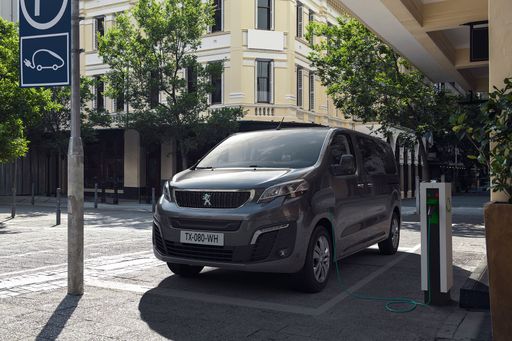 @ Peugeot / Stellantis Media
@ Peugeot / Stellantis Media
Peugeot Traveller
Abarth 500 595 695
The Abarth 500, particularly in its 595 and 695 renditions, captures the spirit of Italian motoring with its compact yet aggressive design. Known for its lively performance and distinctive styling, this little powerhouse is a joy to drive, offering an engaging experience that appeals to enthusiasts. With its rich motorsport heritage, the Abarth 500 embodies the essence of fun and excitement on both the streets and the race track.
details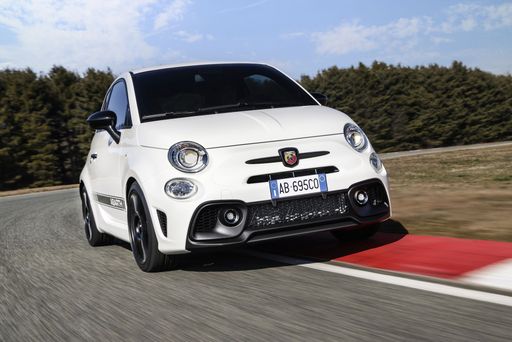 @ Abarth / Stellantis Media
@ Abarth / Stellantis Media
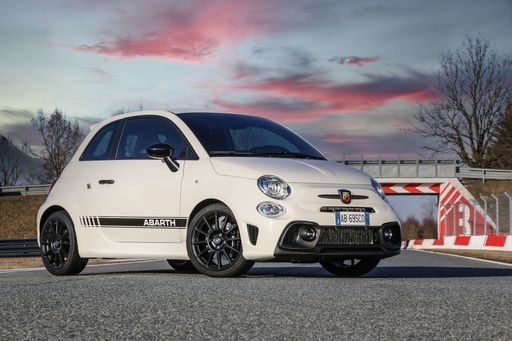 @ Abarth / Stellantis Media
@ Abarth / Stellantis Media
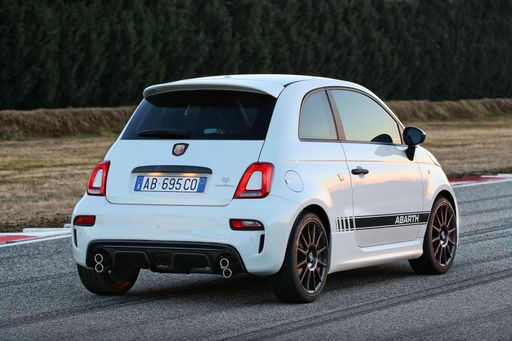 @ Abarth / Stellantis Media
@ Abarth / Stellantis Media
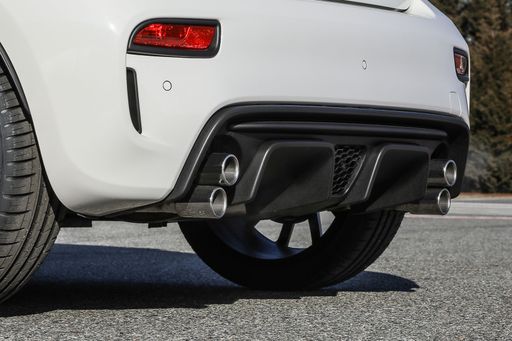 @ Abarth / Stellantis Media
@ Abarth / Stellantis Media
 @ Abarth / Stellantis Media
@ Abarth / Stellantis Media
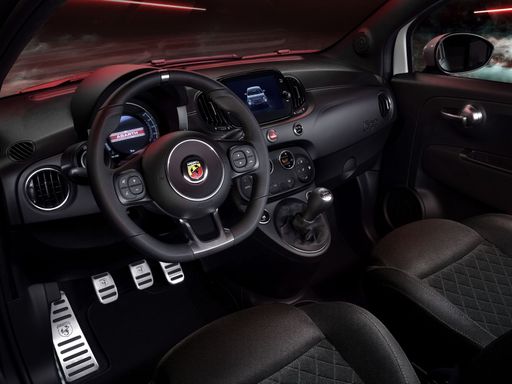 @ Abarth / Stellantis Media
@ Abarth / Stellantis Media
Peugeot Traveller
The Traveller captivates with its refined blend of comfort and versatility, making it an ideal choice for both family adventures and professional needs. Its spacious interior accommodates a remarkable range of passenger and cargo configurations, ensuring flexibility for any journey. With an emphasis on safety and modern features, the Traveller delivers a remarkable driving experience that caters to diverse lifestyles.
details @ Peugeot / Stellantis Media
@ Peugeot / Stellantis Media
 @ Peugeot / Stellantis Media
@ Peugeot / Stellantis Media
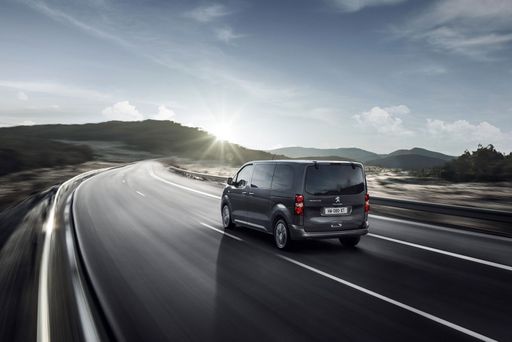 @ Peugeot / Stellantis Media
@ Peugeot / Stellantis Media
 @ Peugeot / Stellantis Media
@ Peugeot / Stellantis Media
 @ Abarth / Stellantis Media
@ Abarth / Stellantis Media
|
 @ Peugeot / Stellantis Media
@ Peugeot / Stellantis Media
|
|
|
|
Costs and Consumption |
|
|---|---|
|
Price
32600 - 39400 £
|
Price
34800 - 52200 £
|
|
Consumption L/100km
-
|
Consumption L/100km
7 - 7.1 L
|
|
Consumption kWh/100km
17.1 - 18.8 kWh
|
Consumption kWh/100km
24.3 - 25 kWh
|
|
Electric Range
242 - 265 km
|
Electric Range
217 - 351 km
|
|
Battery Capacity
37.80 kWh
|
Battery Capacity
-
|
|
co2
0 g/km
|
co2
0 - 188 g/km
|
|
Fuel tank capacity
-
|
Fuel tank capacity
70 L
|
Dimensions and Body |
|
|---|---|
|
Body Type
Hatchback
|
Body Type
Bus
|
|
Seats
4
|
Seats
8
|
|
Doors
3
|
Doors
5
|
|
Curb weight
1410 - 1435 kg
|
Curb weight
1953 - 2240 kg
|
|
Trunk capacity
185 L
|
Trunk capacity
1624 - 2011 L
|
|
Length
3673 mm
|
Length
4983 - 5333 mm
|
|
Width
1682 mm
|
Width
1920 mm
|
|
Height
1518 mm
|
Height
1890 mm
|
|
Max trunk capacity
550 L
|
Max trunk capacity
2700 - 3300 L
|
|
Payload
370 - 385 kg
|
Payload
850 - 914 kg
|
Engine and Performance |
|
|---|---|
|
Engine Type
Electric
|
Engine Type
Electric, Diesel
|
|
Transmission
Automatic
|
Transmission
Automatic
|
|
Transmission Detail
-
|
Transmission Detail
Reduction Gearbox, Automatic Gearbox
|
|
Drive Type
Front-Wheel Drive
|
Drive Type
Front-Wheel Drive
|
|
Power HP
155 HP
|
Power HP
136 - 180 HP
|
|
Acceleration 0-100km/h
7 s
|
Acceleration 0-100km/h
10.6 - 14.2 s
|
|
Max Speed
155 km/h
|
Max Speed
130 - 185 km/h
|
|
Torque
235 Nm
|
Torque
270 - 400 Nm
|
|
Number of Cylinders
-
|
Number of Cylinders
4
|
|
Power kW
114 kW
|
Power kW
100 - 132 kW
|
|
Engine capacity
-
|
Engine capacity
2184 cm3
|
General |
|
|---|---|
|
Model Year
2023
|
Model Year
2024 - 2025
|
|
CO2 Efficiency Class
A
|
CO2 Efficiency Class
A, G
|
|
Brand
Abarth
|
Brand
Peugeot
|
Is the Abarth 500 595 695 offered with different drivetrains?
The Abarth 500 595 695 is offered with Front-Wheel Drive.
The prices and data displayed are estimates based on German list prices and may vary by country. This information is not legally binding.
